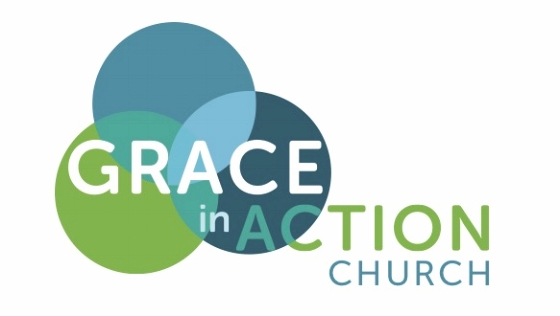From Columbus Day to Indigenous People's Day - Decolonizing the American Narrative
I have a vivid memory from my grade school textbook of a picture depicting the arrival of Columbus to the Americas, featuring Columbus shaking hands with a man wearing a head-dress. It told a clear story; this was the beginning of a beautiful friendship between the Europeans and peoples of the Americas. It wasn't until I became an adult that I learned the true story - that that first meeting was the beginning of the massacre and enslavement of entire nations of people.
From Luke 1: ‘Do not be afraid, Mary, for you have found favor with God. And now, you will conceive in your womb and bear a son, and you will name him Jesus. He will be great, and will be called the Son of the Most High...He will reign over the house of Jacob for ever, and of his kingdom there will be no end.’
Cesar Augustus was emperor of Rome at the time Jesus' was born. He was known not just as a man, but "a son of the most high", whose kingdom would "bring peace to the nations". In reality, he brought "peace" by subduing weaker nations, enslaving their people, and exploiting their resources. The early church tells a story that is subversive to the Cesar story, about Jesus. He would be the Son of God who would "brings down the powerful from their thrones, lift up the lowly, fill the hungry with good things, and send the rich away empty" (from Luke 1).
Indigenous People's Day is an effort to shift the dominant narrative in the United States, from one that glorifies white power to one that lifts up the power of colonized peoples. How can the church's resistance to the Roman narrative through Jesus inform our efforts today to change our nation's narrative?
- written by John Cummings, Pastor of Grace in Action
